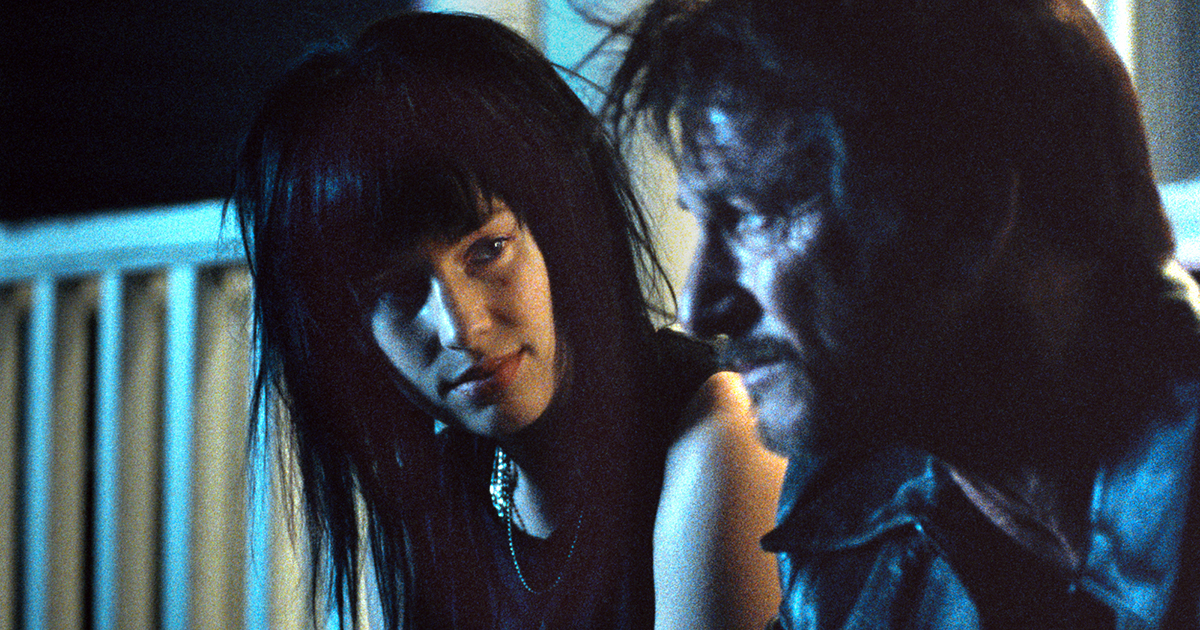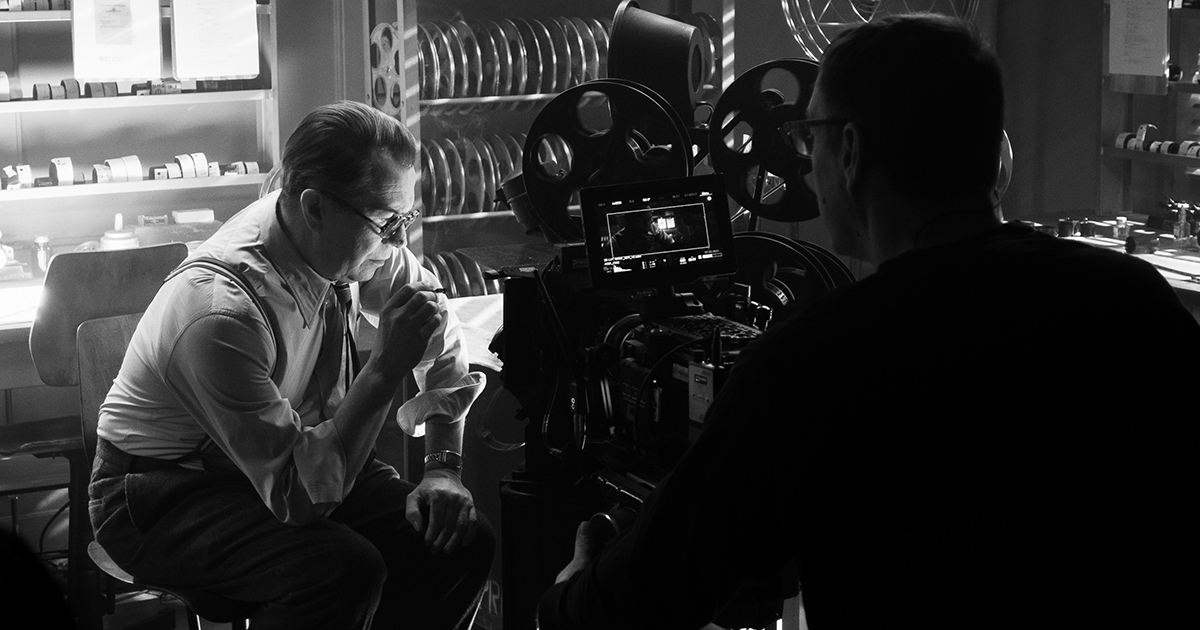
In 2014, Netflix began shooting and delivering all of its Originals in 4K, primarily, it explained, to future-proof content as more and more of us replaced HD with UHD capable TVs – but does this resolution-dependent marker inhibit the creativity of filmmakers?
Ari Mattes, writing for Fast Company, thinks so. He argues that Netflix Originals look “weird” because they don’t resemble what we conventionally think of as film. What’s more, he contends that the 4,096 x 2,160 pixel regulation limits the aesthetic variety of the platform’s product.
“In stipulating the use of 4K (or higher) sensor cameras, Netflix radically reduces the aesthetic autonomy of film directors and producers… this requirement means their productions look similar, and the imagery (to a cinephile, anyway), too clinical.”
4K Or Bust
Netflix is far from alone in demanding filmmakers shoot digitally at high resolutions, though other studios or indie projects give their talent more leeway in selecting the acquisition medium.

The Cannes Film Festival is currently showcasing 19 films shot on Kodak 35mm or 16mm film with eight competing for the Palme D’Or, including Wes Anderson’s The French Dispatch, Sean Baker’s Red Rocket and Sean Penn’s well-received Flag Day.
“It’s no coincidence that films shot on film get a disproportionate amount of recognition,” said Steve Bellamy, president of Kodak’s Motion Picture and Entertainment, in a release. “Film has an aesthetic and unparalleled quality that attracts the best and the significant number of productions shot on film at Cannes is an indication of the continued momentum for the medium.”
“Film has an aesthetic and unparalleled quality that attracts the best and the significant number of productions shot on film at Cannes is an indication of the continued momentum for the medium.“
Steve Bellamy, Kodak
It is the lack of this filmic look and the uniformity of image produced by digital cameras that has Mattes concerned. “Video images captured by high resolution sensors look different from those shot on celluloid,” he says.
Cinematographers have turned to using older, de-tuned, lenses as a way of bringing personality back to the digital image. The artefacts introduced by a unique set of optics is one way of replicating the organic textures of film’s chemical reaction.
Film grain can also be digitally added and the digital image can be graded to emulate classic film stock. Both techniques were used by Rodrigo Prieto, ASC, AMC to shoot Martin Scorsese’s The Irishman for Netflix from RED cameras. Grain was also added in post by Erik Messerschmidt ASC for David Fincher’s Mank, shot black and white on a RED sensor.
Even then, Mattes dislikes the effect. “The images in Mank look flat, depthless, they are too clean and clear,” he says. “This is not as much of a problem on a big screen, when the images are huge, but the high resolution is really noticeable when the images are compressed on the kind of domestic TV or computer screens most people use to stream Netflix. The edges look too sharp, the shades too clearly delineated — compared to what we have been used to as cinemagoers.”
The use of digital on Mank may have also wrankled with Mattes because it is a period film (also The Irishman), whereas other filmmakers perhaps working outside of Netflix choose negative over a sensor for a more authentic feel.
“Film has a signature that is hard to replicate.”
Daniel Moder
“Film has a signature that is hard to replicate,” says Flag Day cinematographer Daniel Moder in the Kodak release. “I think it really has a forgiveness similar to the way our mind sees things. This story takes place from the early ’70s til ’92. One of the first demands Sean made was it had to be on film and everyone was onboard.”
Flag Day was made for United Artists and one wonders if new owner Amazon will be as forgiving in greenlighting future projects on film.
Cinematic sage Douglas Trumbull is among the most passionate advocates for capture at high resolution combined with high frame rates yet he too is critical of directors such as Ang Lee who haven’t, in Trumbull’s view, used the format correctly.
Trumbull agrees that the flicker of film passing through a projector has a uniquely cinematic storytelling property that needs to be preserved. His solution is to playback 4K 120 fps using a 180-degree shutter to mimic the classic film look while reducing motion blur.
“The shutter is so simple and so elegantly part of what cinema is supposed to be that if you make sure a shutter [happen] during the screening of your movie you can increase the frame rate to anything you want it to be,” he said.
READ MORE: Is HFR really still the future of cinema? (Red Shark News)
He also feels that filmmakers have lost the art of making spectacular epic visuals because of the constraints of producing a product more likely to be streamed on TV or tablet.
“Because everyone is streaming there’s been a further commoditization of the movie experience,” he says. “We design movies to play in a movie theatre while thinking about its play through to TV. Television is limited by its small screen and narrow field of view.”
Before we shoot Netflix down, it is worth noting that the streamer’s policy is not black and white (to coin a phrase). Damien Chazelle convinced Netflix to let him film a full quarter of Parisian jazz drama The Eddy on 16mm and DP Thomas Newton Sigel Lee’ shot extensive flashback sequences for Spike Lee’s Da 5 Bloods on 16mm.
READ MORE: The fight for 16mm on Netflix (No Film School)
Meanwhile Academy voters and the ASC didn’t think Messerschmidt has broken any rules by garlanding him with top honors at the Oscars and 2021 ASC Awards.
Perhaps that’s testament to the filmmaker’s clout, but it also shows Netflix is not unwilling to bend.
According to Y.M. Cinema magazine, a third of Netflix’s “best movies of 2020” were made on Netflix non-approved cameras such as Arricam LT, Arriflex 416 and Alexa Mini.
READ MORE: Sorry, you can’t use that camera. Or can you? (Y.M. Cinema)
Mattes has a political point to end on.
“Art has always sought to say something in its deviation from its realistic reproduction of the world — that is, in its expression,” he says. “As with all technological innovation in a capitalist context, [the assumption of more pixels] stems from the competitive impulse to appear to be doing something better than everyone else — the bigger, more expensive, clearer, the better. But when it comes to aesthetics, this is a redundant form of economy.”




